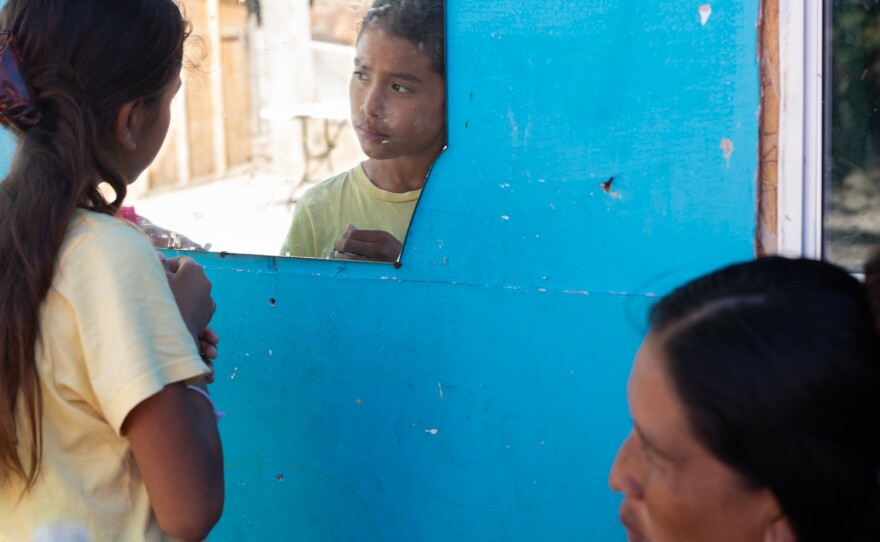Jose was standing outside the convenience store he owned when suddenly the familiar thunder of bullets rang out. His family inside ran for cover, but Jose was shot in the back, just below his right shoulder.
It was just the latest instance of cartel violence in their hometown in southwestern Mexico, where cartel killings happen daily.
But this time, it was targeting Jose and his family. Gangs believed he cooperated with police in a murder investigation and wanted him dead. Now, they only had one choice: flee with their few belongings and little money to find safety in the United States.
“We don’t have anything anymore, nothing. Now we don’t go back for anything. Because if we go back, there is a risk that they will hit my son, my daughter, my wife, me or my grandchildren," Jose said in Spanish.
inewsource is not giving Jose's real name because he fears being found by the criminal gangs threatening him and his family.
Experts say Jose and his family aren’t alone. They are among a growing number of Mexican families displaced by violence in communities across Mexico and headed toward the U.S. with hopes of protection and safety.
In fact, the number of Mexican family members who crossed the border into San Diego County more than tripled in the 2023 fiscal year, which ended in September. The vast majority of those families — upwards of 90% — crossed into the U.S. legally through ports of entry.
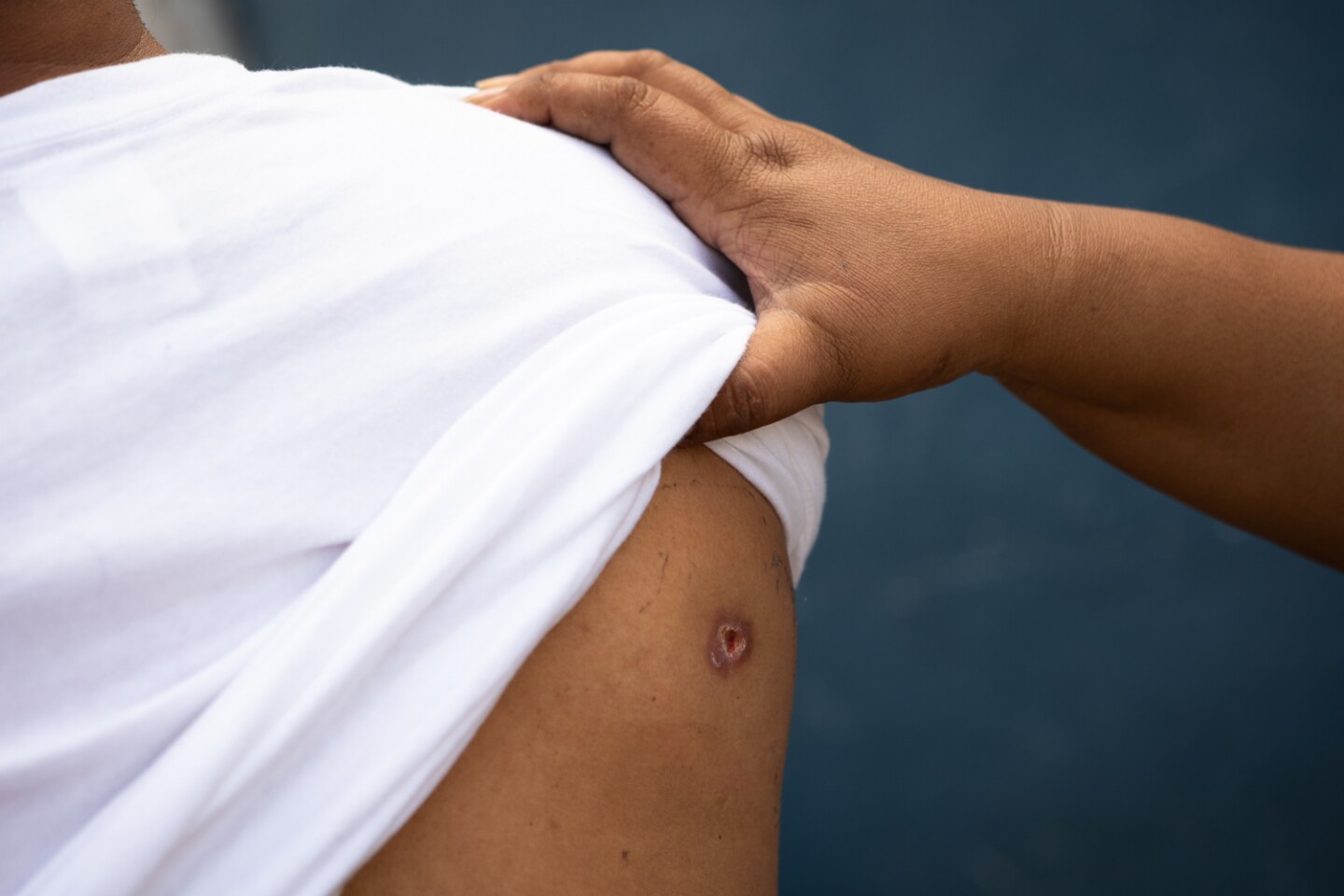
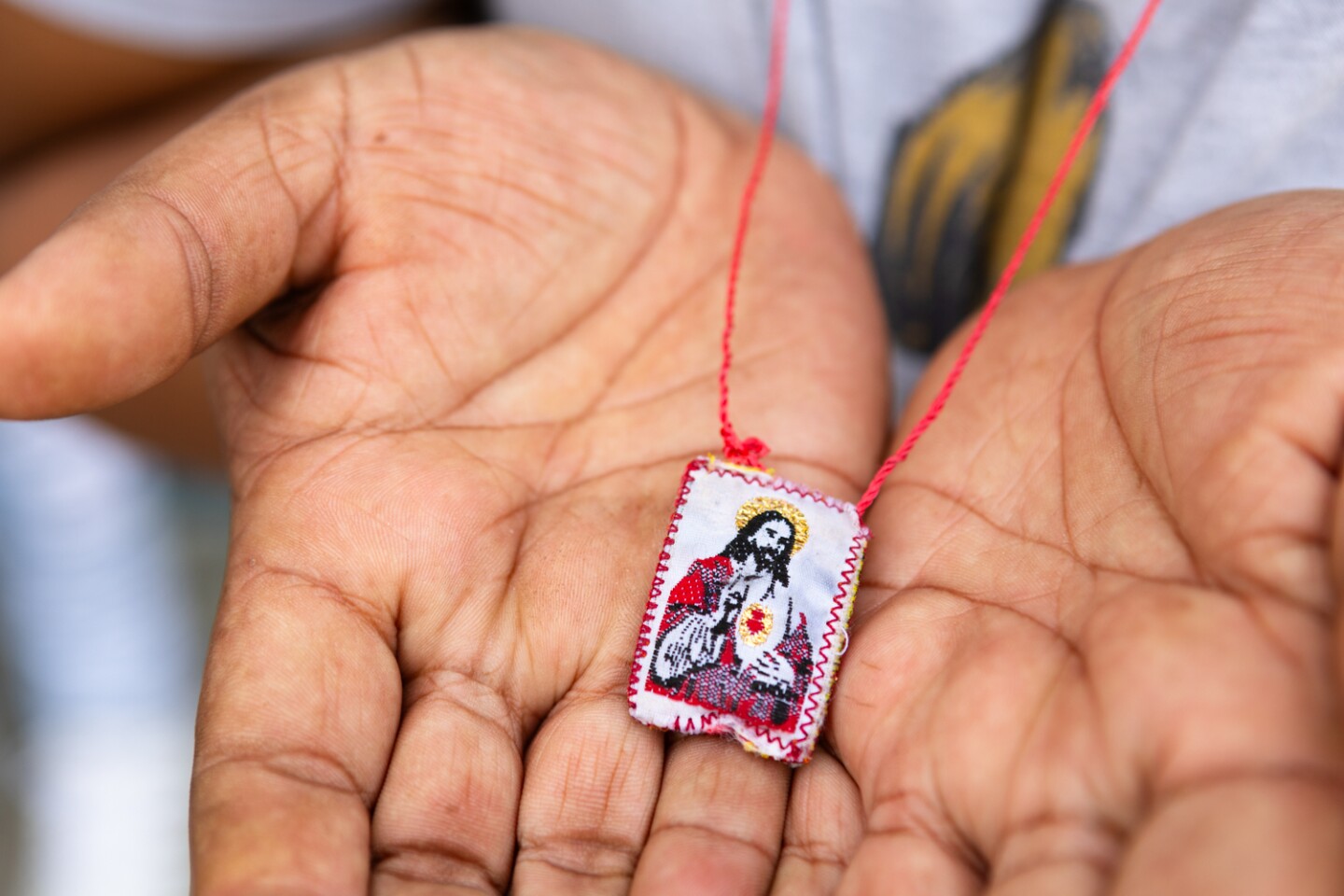
Yet there are many more families still waiting across the border for the opportunity to seek protection in the U.S. An official with Tijuana’s migrant affairs office estimates there are 14,000 migrants living across the city.
Only a few weeks have passed since Jose and his family arrived in Tijuana, and they know it will likely be months before they’re able to cross into the U.S. to seek asylum.
That’s because of a Biden administration policy that requires would-be asylum-seekers to register with an app — CBP One — to receive an appointment to be processed by U.S. immigration officials.
But for Mexican migrants, waiting to seek protection in the U.S. from south of the border means being stuck in the same country they’re trying to escape. That means the threats that drove Jose and his family from their home are never too far away.
“We want to move forward more than anything and leave the past behind,” Jose said. “We are not bad people. We are not going to harm anyone in the United States. What we want is protection.”
What’s driving families north
In the 2023 fiscal year, more than 30,000 Mexican family members crossed into the U.S. through San Diego County — a threefold increase from the year before — accounting for 8% of the total crossings in the area that year.
About 4% of those individuals were immediately expelled from the country under a now defunct COVID-era health policy known as Title 42. Another 4% were found by Border Patrol within the interior of the U.S. without proper documentation. The rest entered the U.S. legally through ports of entry.
Experts have pointed to two factors in particular to explain why more Mexican families are entering the U.S.
First, rising violence and the failure of Mexican officials to respond to it are forcing families to abandon their homes in certain states in Mexico, according to Victor Clark Alfaro, a lecturer in Latin American Studies at San Diego State University.
Organized crime groups control large territories where the government has failed to seize control, and corruption and impunity between the state and crime groups has undermined the national security response, Clark Alfaro said. Those types of conditions are forcing entire families to flee their communities.
“The whole family, the dad, the man, the kids, the grandparents, the uncles and aunts, so extended families, are all migrating,” Clark Alfaro said in Spanish. “It’s not an individual, two individuals, it's complete families abandoning everything.”
That includes families like Jose’s. After the shooting, he and 18 other family members left their home and business behind to seek protection in the U.S.
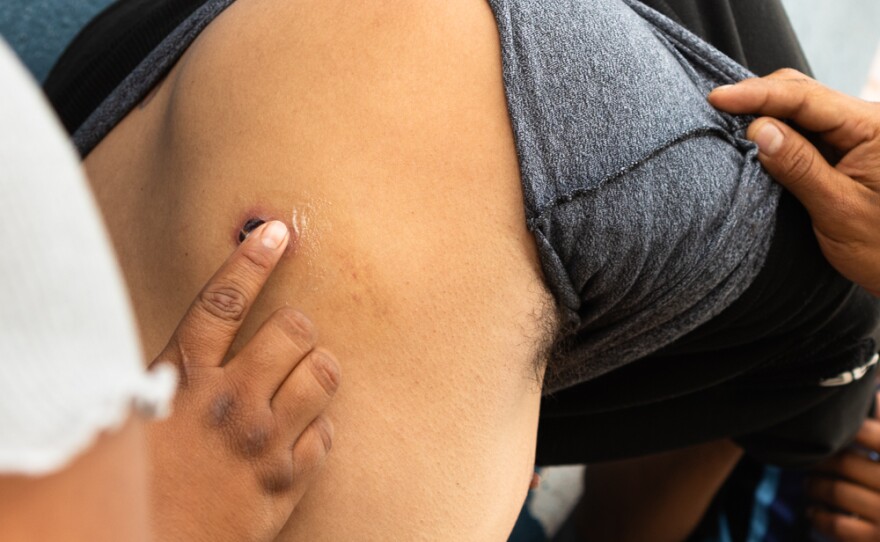
Now living in Tijuana, he hardly goes outside for fear of coming across the cartels who promised to kill him and his family. Jose said the cartels already killed another man thinking it was him.
Another factor contributing to Mexican families increasingly crossing the border is Biden’s launch of the CBP One app, which allows migrants to schedule legal border crossings with immigration officials.
“Many more families are also considering this as an opportunity to try to come to the United States and seek protection,” said Ariel Ruiz Soto, a senior policy analyst with Migration Policy Institute, a nonpartisan research institute.
Mexicans are among the top three nationalities, alongside Haitians and Venezuelans, who have secured appointments through CBP One.
To be clear, CBP officials said they will still process those who do not have CBP One appointments, but aid groups suing the administration over the app say in practice, that isn’t happening.
Registering with CBP One doesn’t guarantee any protection. All it does is get people in front of an immigration official for processing.
Verónica, a single mom from the State of Mexico, said she learned about the CBP One app after arriving in Tijuana last month. She didn’t realize she’d have to wait for an appointment to ask for protection, but she wants to follow the rules to protect her daughters.
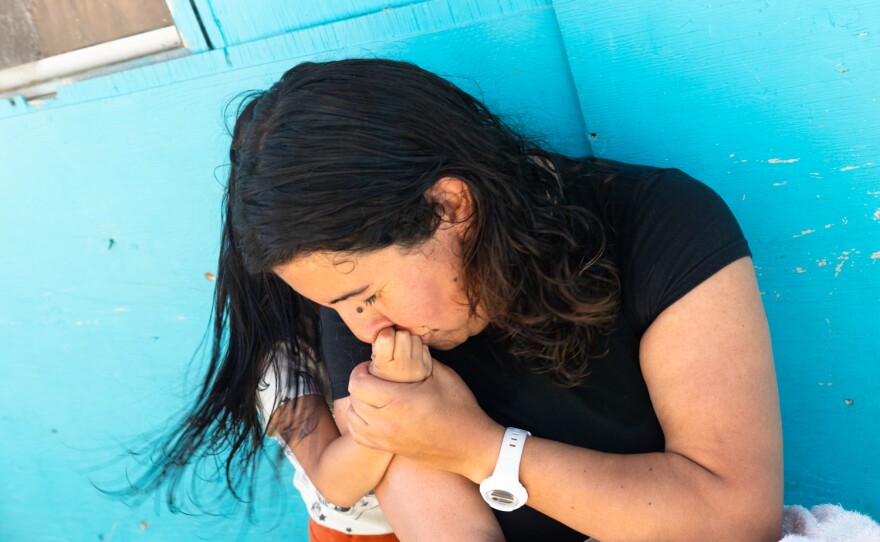
Disappearances and killings of women became so common in her town that she couldn’t pick up her two daughters from school knowing for certain they would return home safe, she said.
Fearing they would be the next victims, she left with her kids in hopes of finding protection in the U.S. inewsource agreed to identify her only by first name for fear of being targeted by cartels.
“There is a lot of insecurity with the armed groups. They are already entering our places where we live and security is no longer there,” Verónica said in Spanish. “It is no longer safe for us. Many children are being stolen and many women are missing.”
The shelter she’s living in houses hundreds of other migrants.
“Comfort no longer matters when you have to be safe, when you need to keep your children safe,” Verónica said.
But the months migrants spend waiting in shelters in Tijuana can be precarious.
Mexican families fleeing cartel violence are often still in reach of the threats that drove them from their homes in the first place. The sophistication and extensiveness of some criminal groups means nowhere in the country is safe, Clark Alfaro said.
“You are in danger not only in the town which you fled, but also in other parts of the country where you are fleeing,” Clark Alfaro said. For Jose and his family, the only place left to go is north to the U.S.
“What more can we do now? We’re already here,” he said. “We can’t go back. Clearly, we can’t go back.”


